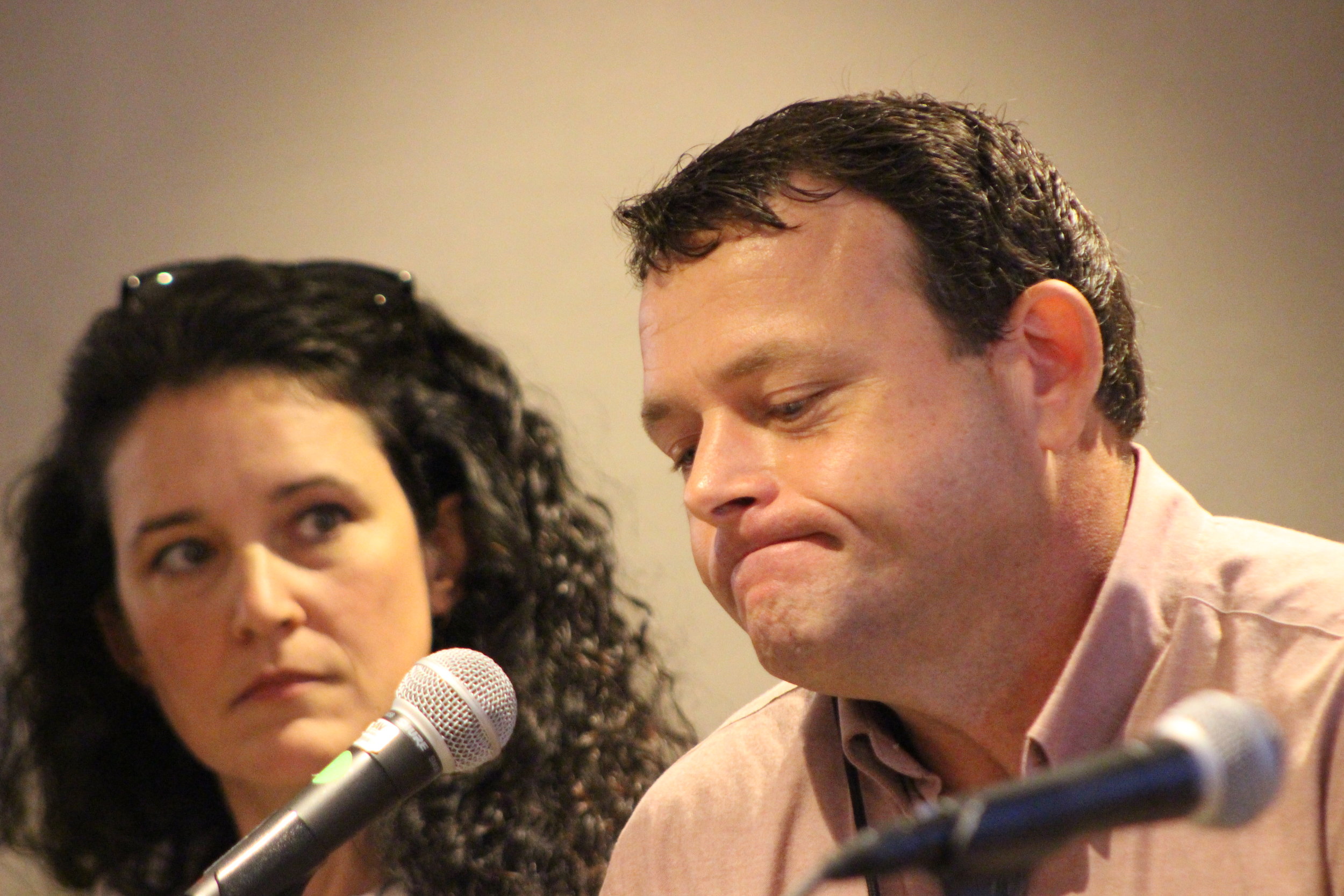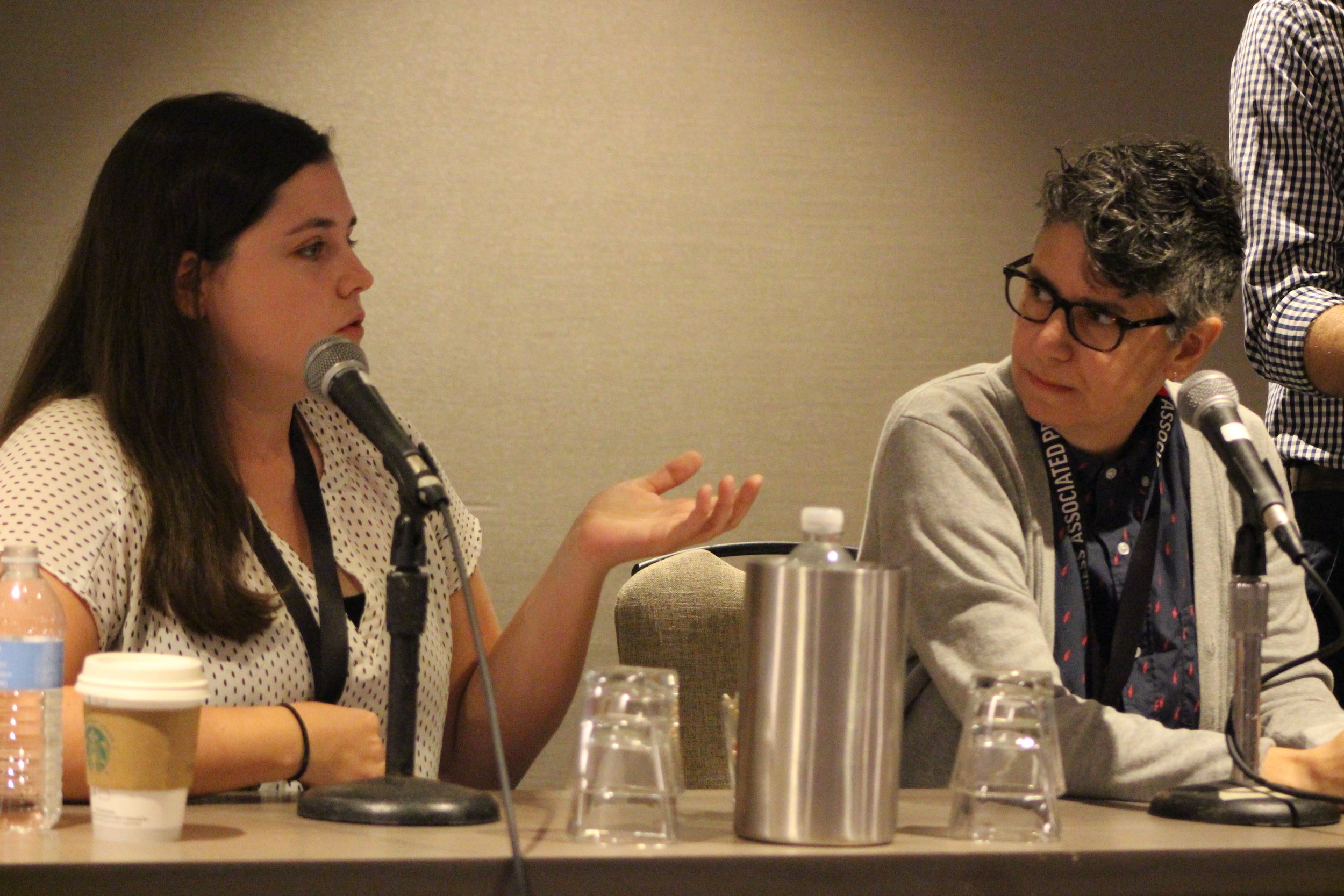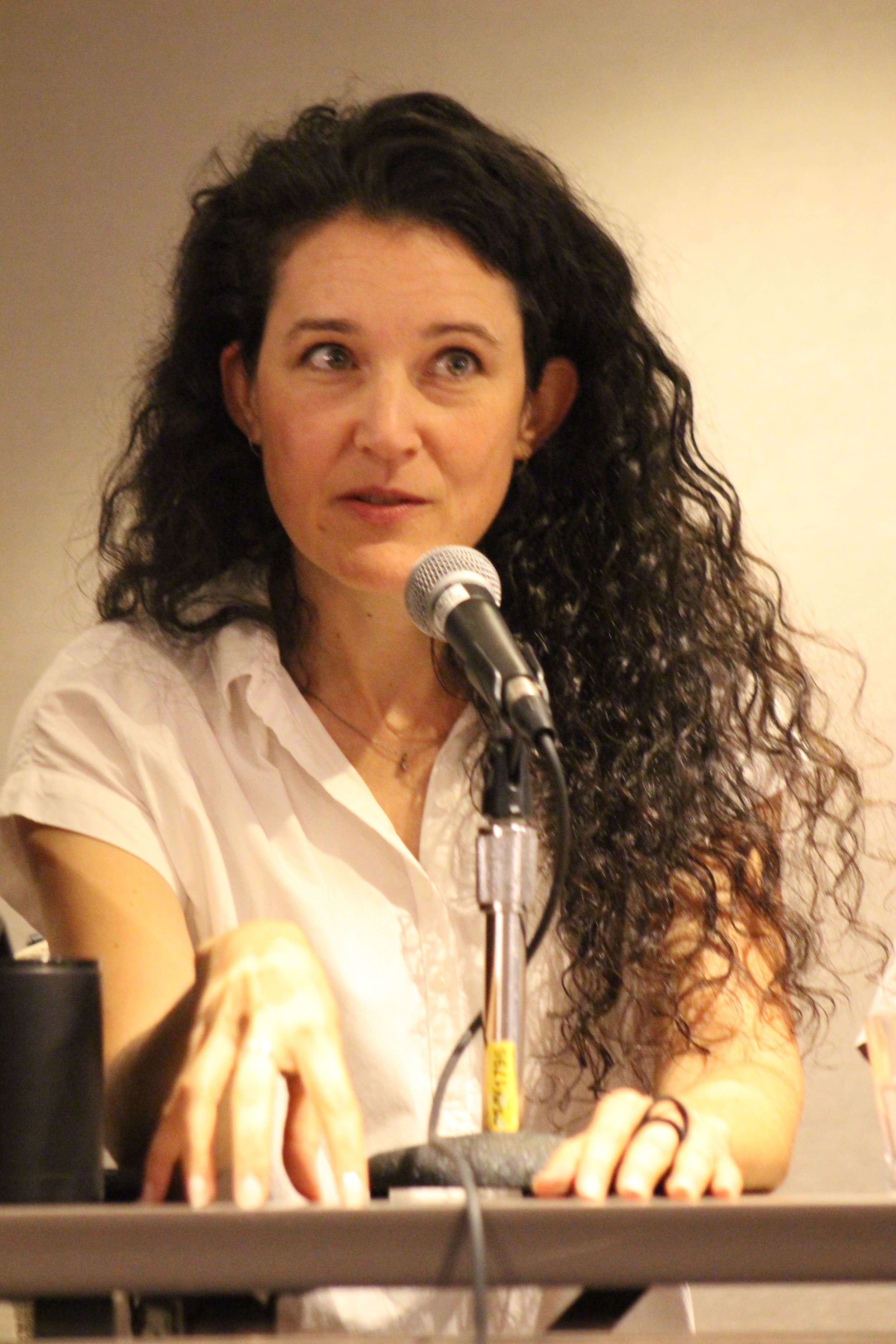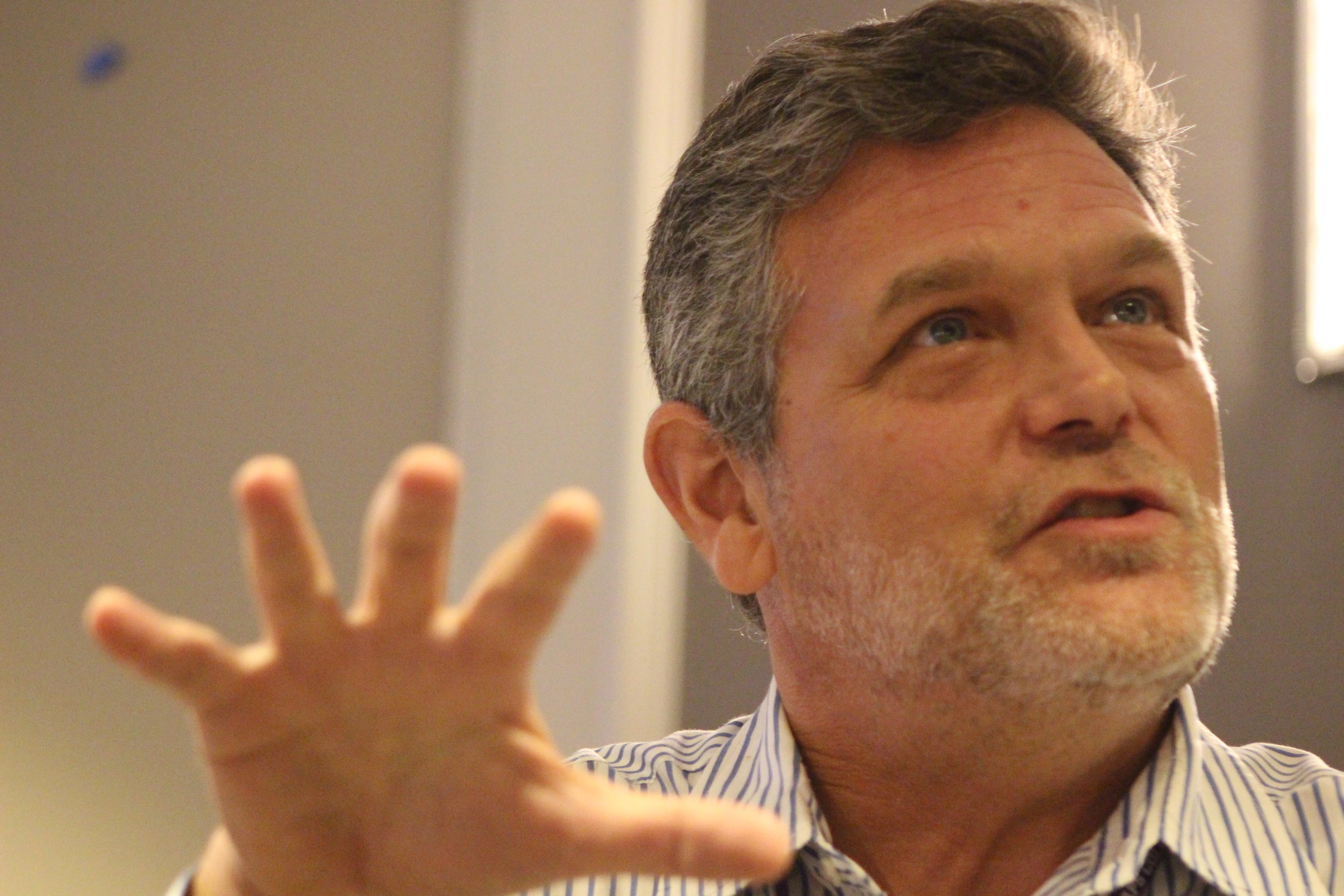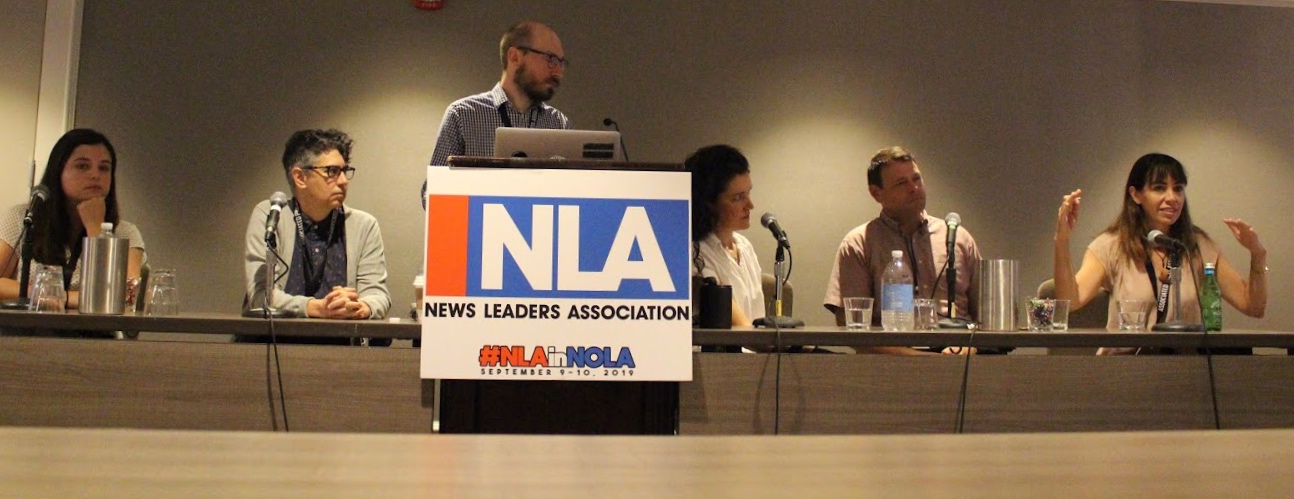Journalists need support covering tragedies
By Bailey Cline
Disasters impact not just people living in the area, but also reporters covering the event, according to a panel of journalists at Monday’s News Leaders Association Conference.
In “Covering Disasters,” Kathleen Flynn, a New Orleans-based freelance photographer, explained how it can be difficult for journalists to understand how an event might impact them, regardless of experience they might already have had covering disasters. It’s different for every disaster, she said.
“They say once you’ve been through one hurricane, you’ve been through one hurricane,” Flynn said.
It’s important to keep your journalists informed and send support, according to Flynn. She believes it’s crucial for editors to check in with their journalists and photographers to see how they are doing.
”We’re made to believe we’re journalists, we’re not really experiencing it ourselves, and I think that’s false,” Flynn said.
While it is important to have support from the team, David Grunfeld, director of photography for the Times-Picayune, explained that might not always be an option. During Hurricane Katrina, Grunfeld’s newsroom was evacuated while reporters were out covering the event and getting their work in front of the public required other media partners. “We didn’t publish for two straight days,” Grunfeld said.
He said sometimes teaming together with other organizations can be key to getting information out.
Panelists explained how journalists need to be informed about the situation they're walking into when confronting disasters. Being prepared, particularly about what equipment they need to bring, is crucial to performing successfully. You want to keep yourself out of danger, Flynn said, so you don't become a victim that needs rescued, as well.
Max Becherer, photo editor of the New Orleans Advocate, brought in different types of emergency equipment, ranging from hard hats to medical kits. He said these can be crucial for preparedness in disasters or war zones.
Becherer said to be aware that journalists also have to carry what they need with them. Packing essential gear can help to keep it light.
In order to keep journalists productive and healthy after a disaster, Becherer suggested giving the staff time off, counseling or ‘together time’ with others who covered the story.
Nicole Fruge, director of photography at the San Francisco Chronicle, said reporters should remember where the focus of a story should be.
“It’s more about covering the stories of the people, not the disaster,” Fruge said.
In the event of a protest, it is crucial to move away from the center of conflict, panelists said. It is also good, they added, to have a partner to know when it is best to pull away from the scene.
At the end of the day, though, panelists added that friendliness can be key.
“We are our worst critic,” said Elizabeth Conley, staff photographer at the Houston Chronicle.. “A little positive feedback goes a long way.”
Bailey Cline is a senior at Ball State University studying Journalism and Telecommunications. She graduates in 2020. You can reach her at bacline@bsu.edu or on Twitter @BaileyCline.

